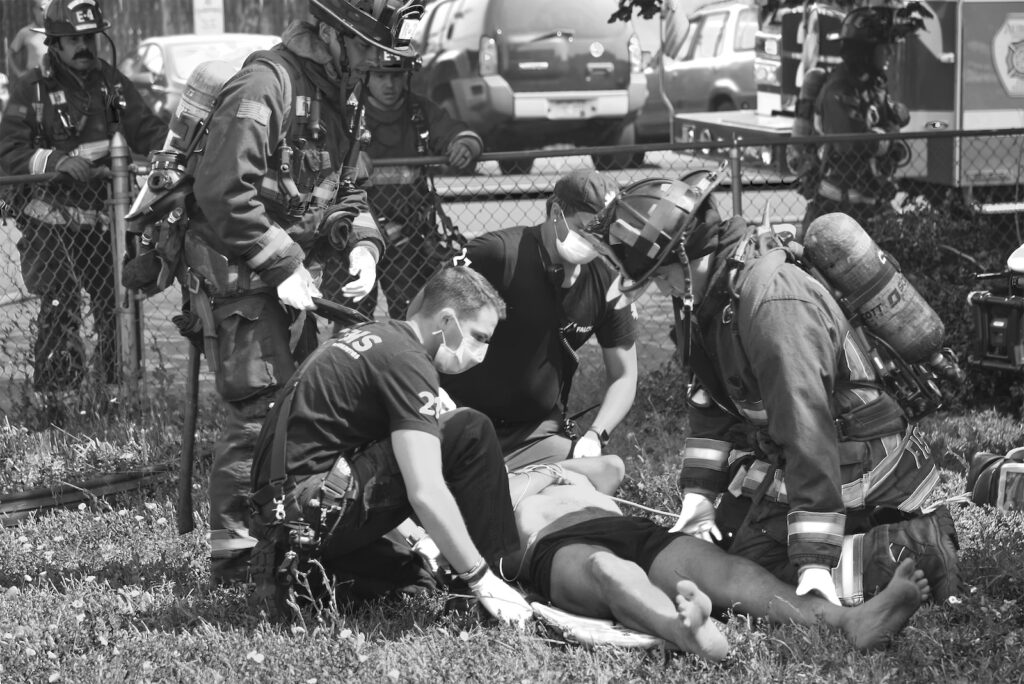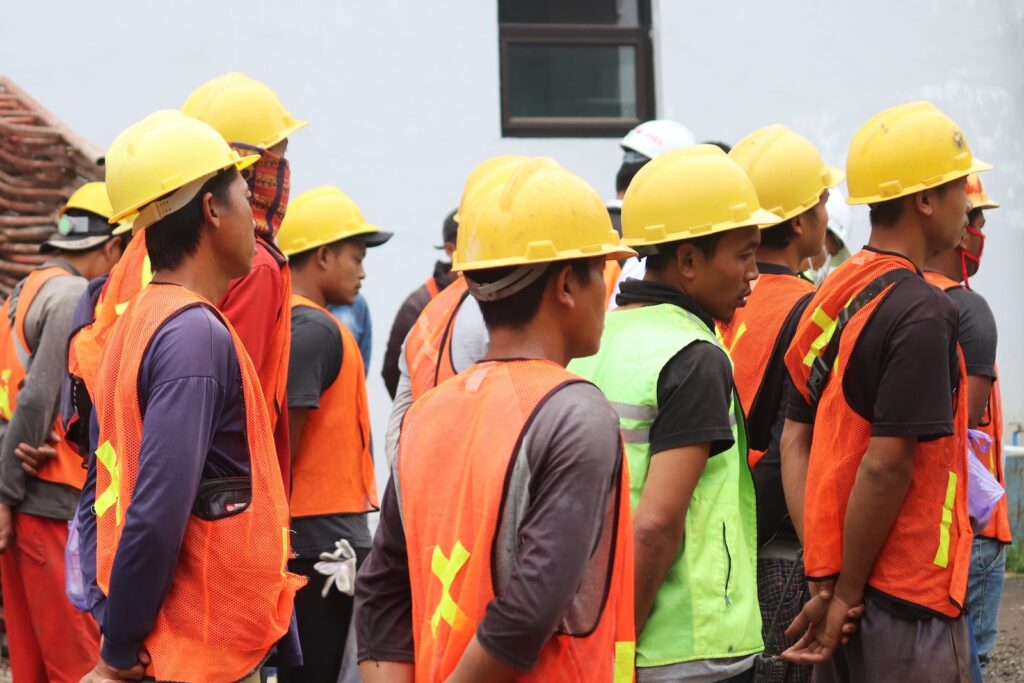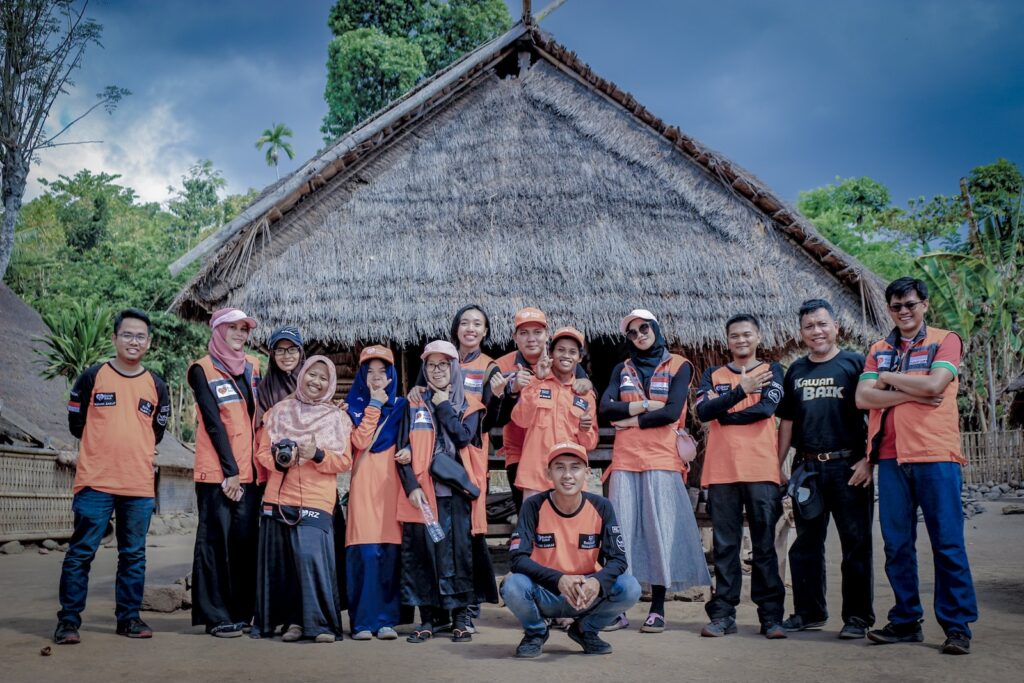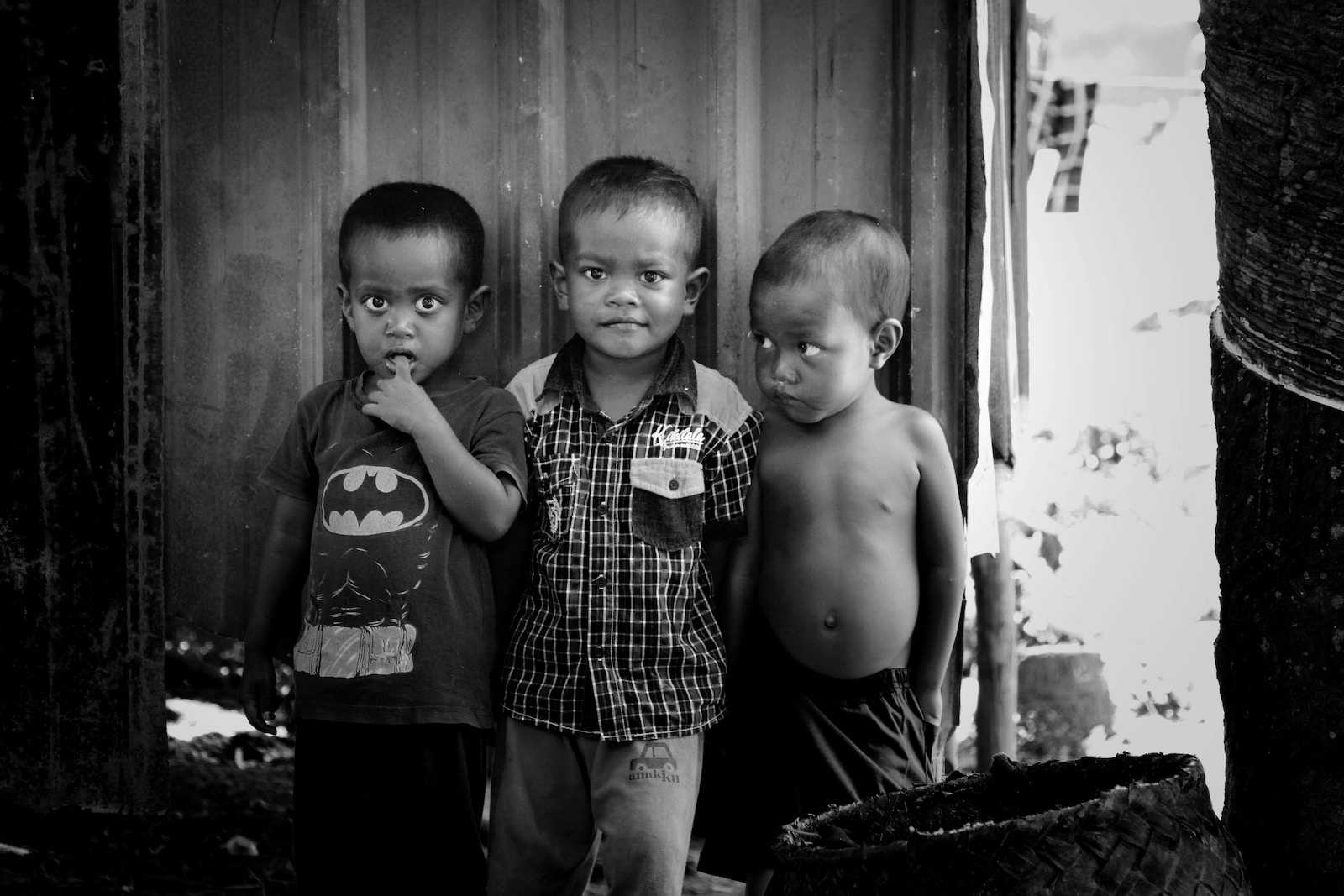Introduction
The world faces a plethora of crises in the form of natural disasters, human-made calamities, refugee crises, and political violence. Disaster relief and aid are integral for societies to survive, rebuild, and regain stability.
However, many people suffering from humanitarian crises go without access to basic needs due to a combination of expensive aid costs, limited resources, and difficulty in providing assistance. By examining the challenges of these crises, we can make progress towards finding better solutions and a better future.
Humanitarian crises are defined as a “complex emergency situations that occur in different countries around the world”. They arise when a population is facing a severe lack of access to basic needs such as food, water, and shelter.
This lack of resources can be caused by both natural and human-made reasons. Natural disasters such as earthquakes, floods, and droughts can devastate entire regions and often require international aid. Human-made disasters, such as armed conflict or civil unrest, can also lead to severe suffering and the displacement of people.
Refugee crises, when people are forced to flee their home countries, are an unfortunate consequence of this suffering. Political violence, such as coups and civil wars, can also cause displacement and a lack of resources.
The challenges of humanitarian crises are multifaceted. People facing these crises often do not have access to basic needs such as food, shelter, and water. This lack of resources can lead to various health issues such as malnutrition, dehydration, and infectious diseases.
Furthermore, the high cost of aid and the difficulty in providing assistance can hamper efforts to assist those in need. There is also a limited availability of resources to help those affected, leading to a further lack of access to basic needs.
The impact of humanitarian crises on those affected can be devastating. In addition to the health issues caused by the lack of resources, people also face economic struggles and social unrest.
This can lead to psychological distress as people are forced to live in difficult conditions and grapple with the uncertainty of their future. Political violence can lead to displacement and further suffering, as people are often separated from their families and their homes.
It is clear that there is an urgent need for solutions to help those affected by humanitarian crises. Financial support is essential to providing aid and resources to those in need. Education initiatives can help increase access to knowledge and empower people to make better decisions for themselves.
Collaboration between governments and relief organizations can be crucial for providing assistance in difficult situations. Finally, providing relief to those affected can help people rebuild their lives and restore stability to their communities.
In conclusion, humanitarian crises can have devastating effects on those affected. The challenges of providing aid are immense and require both financial and collaborative support. By examining the challenges and solutions for better world, we can make progress towards finding more effective ways of helping those in need.
Challenges of Humanitarian Crises

Humanitarian crises present significant challenges that must be addressed in order for solutions to be found. The lack of access to basic needs, expensive cost of aid, difficulty in providing aid, and limited resources all contribute to the challenge of managing these crises.
The lack of access to basic needs is a major challenge of humanitarian crises. Humanitarian crises can lead to displacement of people, leaving them without access to food, water, shelter, and medical treatment.
This often happens as a result of displacement caused by war, famine and natural disasters. When access to basic needs is denied or hindered, people are unable to take care of themselves, leading to further suffering.
Another challenge of humanitarian crises is the expensive cost of aid. In order to provide relief to those affected by crisis, extensive financial resources are needed. The cost of providing aid can be very high, especially during large-scale disasters. This cost can often be too much for governments and aid organizations, making it difficult to provide the necessary relief.
The difficulty in providing aid is another challenge of humanitarian crises. Aid organizations often struggle to reach those in need due to factors such as physical barriers, geographical location, and transportation challenges. In some cases, political unrest can also prevent aid organizations from providing aid.
Finally, limited resources can also be a challenge when responding to humanitarian crises. Humanitarian organizations are often underfunded and lack the necessary resources to respond. This can lead to delays in providing aid, which can further complicate the situation.
Overall, the challenges of humanitarian crises are vast and complex. These challenges must be addressed in order to find effective solutions, and provide relief to those in need.
Types of Humanitarian Crises

When it comes to identifying the types of humanitarian crises that exist in the world today, there are a few general categories that can help define the scope of the issue. These categories represent the major types of crises that affect people around the world and the solutions that can be applied to mitigate their effects.
Natural disasters are typically considered the most common form of humanitarian crisis. These disasters include anything from earthquakes and hurricanes to floods and landslides.
Their severity can range from localized, minor damage to massive destruction and loss of life. Regardless of the scale, natural disasters create a massive disruption in everyday life and can cause suffering on a grand scale.
Human-made disasters can be just as catastrophic, if not more so, than natural disasters. War, terrorism, and other acts of political violence can be incredibly devastating. These disasters can leave entire communities, cities, and countries in disarray, with millions of innocent people displaced and suffering.
Refugee crises can also be classified as a type of humanitarian crisis. When people are forced to flee their homes due to war or other political unrest, they are considered refugees. This can happen in both developed and developing countries, leading to a large influx of people who need assistance in order to survive.
Political violence can also lead to humanitarian crises. Political unrest can lead to civil wars, resulting in mass displacement, destruction of infrastructure, and loss of life. In some cases, this political violence can also lead to ethnic cleansing, which is the systematic removal and extermination of a particular group of people.
Understanding the various types of humanitarian crises is key to being able to identify the challenges and solutions that are needed to effectively address these issues. It is important to recognize the different types of crises and the effects that they can have in order to effectively combat them.
Impact of Humanitarian Crises

Humanitarian crises can have a devastating effect on those affected, often leaving them without access to basic resources or support. The impacts of these crises are wide-ranging and can be felt in physical, psychological, and economic aspects of life.
From a physical standpoint, humanitarian crises can cause health issues due to lack of access to clean water and food, inadequate medical care, and exposure to hazardous materials.
The spread of disease and malnutrition can easily reach epidemically high levels in disaster-stricken areas, particularly in places where medical assistance is limited. In some cases, natural disasters can even cause long-term disabilities and illnesses due to the destruction caused by floods, earthquakes, and other natural phenomena.
Psychological distress is another significant impact of humanitarian crises. People who have been affected by these events can suffer from Post-Traumatic Stress Disorder (PTSD) due to the intense emotions of fear and helplessness. They may also experience trauma, depression, and other mental health issues due to the magnitude of destruction and loss that they have experienced.
Economic struggles are also common for those affected by humanitarian crises. People can find themselves without jobs, homes, or other resources to sustain their lives.
They may also suffer from shortages of food and other essentials, leading to a scarcity of vital resources. This scarcity can then lead to further poverty and deprivation, making it even harder for those affected to rebuild their lives.
Finally, social unrest can arise when people are affected by humanitarian crises. Political instability, civil unrest, and violent conflict can erupt due to the desperation of those affected by the crisis. In some cases, people may even take up arms against each other due to the lack of resources and security.
The effects of humanitarian crises are immense and can have long-lasting implications for those affected. It is important to remember that these effects can be felt across physical, psychological, and economic aspects of life, and it is essential to address these issues in order to create a better world.
Solutions for Humanitarian Crises

Humanitarian crises have been a source of concern for many years and finding effective solutions for these crises is essential. There are several approaches that could be taken to reduce the impact of humanitarian crises and help those affected.
Financial support is an important solution for humanitarian crises and can be provided in various ways. Governments, organizations, and individuals can all help to provide necessary funds to humanitarian aid organizations.
This can be done through direct donations, government grants, or other sources of funding. Additionally, some organizations can provide direct financial assistance to people in need, such as providing food, shelter, and medical supplies.
Education initiatives are also an important part of addressing humanitarian crises. By providing educational opportunities in developing countries, people can be equipped with the skills and knowledge they need to help their communities.
This can include teaching basic literacy and numeracy, providing vocational training, and offering courses in economic development and entrepreneurship. This type of education can also help to create jobs, reduce poverty, and improve overall living conditions.
Collaboration between governments is also essential for addressing humanitarian crises. Governments from different countries can work together to bring resources and expertise to bear on humanitarian crises. This can include providing technical assistance, facilitating the delivery of aid, and establishing protocols for responding to crises.
Relief organizations are also an essential part of the solution to humanitarian crises. These organizations provide aid in the form of food, shelter, medical supplies, and other essential services to those affected by humanitarian crises. They also work with governments and local communities to ensure that aid is properly distributed and used in an effective and efficient manner.
Finding solutions to humanitarian crises is an important and complex task. It requires global cooperation and coordination, as well as financial and technical support. However, by utilizing the approaches outlined here, it is possible to address humanitarian crises and help those affected. With a collaborative effort, we can make a positive difference and create a better world.
Conclusion
Humanitarian crises have a devastating and far-reaching impact on people’s lives worldwide. The challenges and solutions for addressing these crises are abundant, but the need for effective action is urgent.
The lack of access to basic needs, high costs of aid, difficulties in providing aid, and limited resources make it difficult to provide support for those in need.
In addition, humanitarian crises can be caused by natural disasters, human-made disasters, refugee crises, and political violence. These issues can lead to an array of impacts, such as health issues, economic struggles, psychological distress, and social unrest.
We must respond to these issues with solutions in order to improve the lives of millions of people around the world. Financial support, education initiatives, collaboration between governments, and relief organizations are all key components in this effort.
It is our responsibility to contribute to the effort to alleviate suffering caused by humanitarian crises. By working together and supporting each other, we can make a difference in the lives of those affected and create a better world for everyone.
The challenges of humanitarian crises can be great, but so too can the solutions. We must continue to work together to ensure that everyone is given the opportunity to live a life free of suffering and despair.

